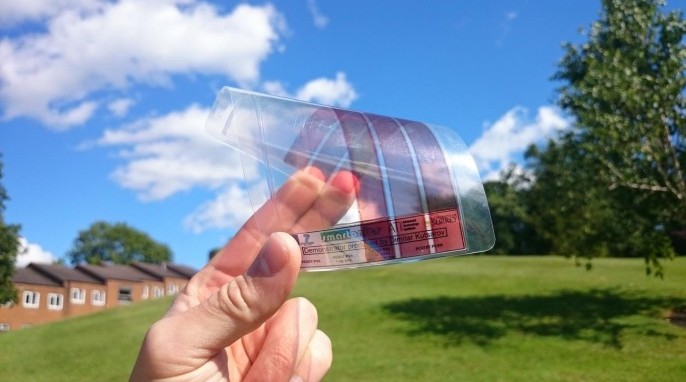Moth Eyes Inspire Graphene-Based Smart Tech
Look into the eyes of moths and see the future. The future of smart gadgets, that is. Moths’ eyes are the latest inspiration for thin solar material. Researchers from the University of Surrey’s Advanced Technology Institute say that new, ultra-thin, patterned graphene sheets will be essential in designing “smart wallpaper” and other future technologies. Graphene is traditionally an excellent electronic material, as the graphene-based microphone demonstrates, but it is inefficient for optical applications. It usually absorbs only 2 or 3 percent of the light that lands on it. That’s not…
Read More









